
Volvo V60 running costs and reliability

Miles per pound (mpp) ⓘ
| Petrol engines | 4.9 - 6.7 mpp |
|---|---|
| Diesel engines | 5.8 - 7.1 mpp |
| Plug-in hybrid petrol engines * | 5.4 - 6.1 mpp |
Fuel economy ⓘ
| Petrol engines | 33.2 - 45.5 mpg |
|---|---|
| Diesel engines | 45.5 - 55.4 mpg |
| Plug-in hybrid petrol engines * | 37.1 - 41.5 mpg |
- Excellent fuel economy
- Plug-in and mild-hybrids are available
- You can subscribe with a one-off monthly payment
What are the running costs?
When it comes to fuelling, the Volvo V60 puts in a good account for itself. The B4 mild hybrid is economical, easily returning 40mpg on a run against a claimed WLTP economy figure of between 40.9–44.8mpg. In town effiency suffers, but we struggled to get less than 30mpg during our testing. If you’re chasing the ultimate fuel economy (and don’t want to run a plug-in hybrid), you’ll need to shop for the now-departed diesel model.
However, with the zero-emission-capable T6 and T8 plug-in hybrids also available, this isn’t such a huge problem. Volvo promises the T6 powertrain offers some fantastic fuel economy and lower emissions. We found the the company’s 350mpg-plus claim to be rather far-fetched in real-world driving conditions, so we’ll instead concentrate on the system’s EV-only range of up to 54 miles, delivered by a 18.7 kWh (14.8 kWh usable) power pack.
Company car drivers will prefer one the V60’s PHEV powertrains, because they offer significant savings in benefit-in-kind tax due to their low CO2 ouputs. In reality, the benefits of running a PHEV are from keeping the battery pack charged up and not doing long journeys where the battery runs flat – because once discharged, the T6 is a 35mpg car. We suspect the T8 will follow suit, too.
Servicing and warranty
You’ll find Volvo’s servicing and maintenance costs up there with its premium rivals – in other words, fairly expensive, with high levels of customer satisfaction from the excellent Volvo dealer network, and made good by the car’s impressive fuel consumption.
Volvo’s standard warranty, at three years or 60,000 miles matches Audi’s, but lags behind BMW’s, which is three years and unlimited mileage. The battery pack is covered for eight years and 100,000 miles, while can extend the warranty to four years/80,000 miles. Kia, Hyundai, MG and Toyota are not going to lose any sleep over this.
Reliability
- Better than German rivals, but some issues
- Shares engines and technology with other Volvos
- Volvo’s airbag issues haven’t affected V60
Volvo is known for producing long-lasting, hardy vehicles and the V60 shares its underpinnings and engines with a number of other models – so any basic issues should have been ironed out by now.
The V60’s ‘Scalable Product Architecture’ platform has been seen across the XC90, S90 and V90, so though quite new, any initial problems should have hopefully been rectified, which should bode well for Volvo V60 reliability. So far, the only recall against the V60 is for a minor software issue on the car’s multimedia system.
Ongoing running costs
| Road tax | £195 - £620 |
|---|---|
| Insurance group | 24 - 43 |
Get an insurance quote with

|
|


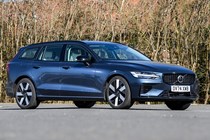
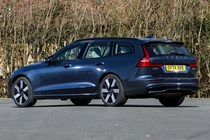
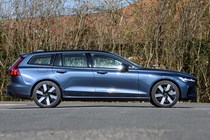
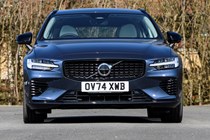
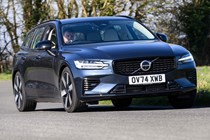

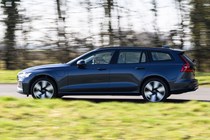




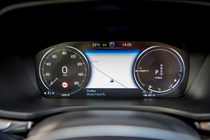
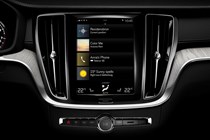
.jpg)
.jpg)
.jpg)

















.jpg?quality=50)
.jpg?quality=50)
.jpg?quality=50)

